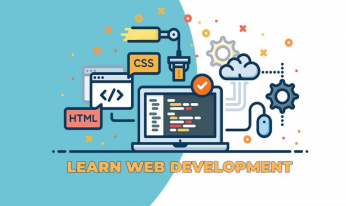Brands are struggling to build and grow customer loyalty in an increasingly complex omnichannel environment. According to Wanda Cadigan, VP commerce, Sitecore, many are struggling with mobile enablement, in addition to the ultimate vision of delivering a uniform experience over every customer channel imaginable.
For example, in the UK, there might be a really cool and exciting mobile app that allows customers to shop with one click, personalises their recommendations, and allows them to organise returns easily, possibly built on a proprietary platform. But in the U.S., perhaps this same platform either doesn’t exist or a similar experience is built on a completely different platform. And when you deal with that in two markets, imagine what complexity emerges when you’re active in 30-40, or 130-140 markets around the world?
What if a brand worked differently in every market? The customer experience wouldn’t be universal and would cause many frustrations for both the brand and its customers. The more platforms that are used, the more difficult it is to provide your customers with the consistent, high-quality experience they demand across all your markets.
How does this problem emerge? Well, often siloed systems are deployed in a market to meet specific needs. You want to do something specific in France? You buy and deploy a service locally, which unfortunately may or may not talk to the system that runs the rest of the business’ operations, and may not be available in the UK, Germany, the U.S., or other markets. In many cases, the systems deployed may only support specific countries, due to limitations in currency support, language support, local tax frameworks, and more. This makes scaling a consistent brand experience difficult.
Even more challenging is the fact that often brand experiences that are tailored and owned in-market (only sometimes abiding with global brand guidelines) can be impacted by being delivered on different systems or platforms.
Read more: Why Retailers Need to Care About Web Development Platforms



